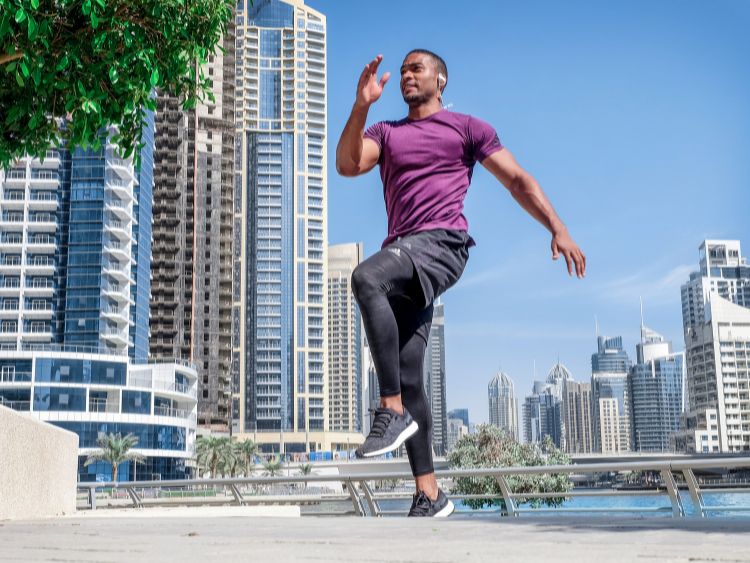Have you ever stopped to ponder why physical fitness holds such a pivotal place in modern life? In our fast-paced world, staying active isn’t just about shedding pounds; it’s about enriching your overall quality of life and unlocking the boundless energy that comes from within. This comprehensive guide dives deep into the myriad aspects of physical fitness, offering you practical advice on how to integrate fitness into your daily routine, achieve your wellness goals, and most importantly, sustain a lifestyle that feels as good as it looks.
Why Is Physical Fitness Crucial?
Physical fitness is not merely about looking good—it’s a foundation of health, vitality, and happiness. Regular physical activity can drastically reduce the risk of numerous chronic diseases such as heart disease, diabetes, and even depression. But the benefits don’t stop there:
- Energy Boost: Regular exercise increases stamina and reduces fatigue.
- Improved Mental Health: Exercise releases endorphins, often termed ‘feel-good’ hormones, which can help alleviate symptoms of depression and anxiety.
- Enhanced Sleep Quality: Active people tend to fall asleep quicker and sleep more deeply.
- Longevity: Overall, maintaining an active lifestyle can contribute to a longer, healthier life.
Crafting Your Fitness Plan
Transitioning to a fitter lifestyle requires a well-thought-out plan tailored to your personal goals, interests, and schedule. Here’s how you can create one:
Assess Your Fitness Level
You can’t know where you’re going until you know where you are. Start by assessing your current fitness level with these components:
- Strength Tests: How many push-ups or squats can you do at a time?
- Flexibility Measure: How far can you reach while seated on the floor with your legs in front of you?
- Cardiorespiratory Fitness: How long does it take to walk or run a mile?
Set Realistic Goals
Dream big but start small. If the ultimate goal seems daunting, break it down into smaller, manageable milestones. Remember, progress is progress, no matter how small.
Choose Activities You Enjoy
The key to consistency is enjoyment. Whether it’s swimming, hiking, yoga, or dancing, picking activities you love can make exercise feel less like a chore and more like a treat.
Schedule It
Treat your workout time like any important appointment. By scheduling it, you’re more likely to stick to it and less likely to brush it off.
Types of Physical Activities
Understanding the different types of exercises and their benefits can help you diversify your fitness routine and avoid plateaus. Here are some popular forms:
- Aerobic Exercises: Also known as cardio, aerobic exercises include activities like jogging, swimming, and cycling that increase your heart rate.
- Strength Training: This type of exercise involves using resistance to build muscle mass, strength, and endurance.
- Flexibility Exercises: Activities like stretching and yoga enhance the range of motion of your muscles and joints.
- Balance Exercises: These are crucial for preventing falls and maintaining core strength, especially as you age.
How to Incorporate Exercise into Your Daily Routine
- Make It a Habit: Aim for at least 30 minutes of moderate-intensity exercise most days of the week.
- Be Resourceful: Use stairs instead of elevators, walk or bike to work, or even do chair exercises while watching TV.
- Stay Motivated: Keep your routine fresh by trying new activities, setting new goals, or working out with friends.

